What keeps triggering earthquakes in Turkey? An expert explains
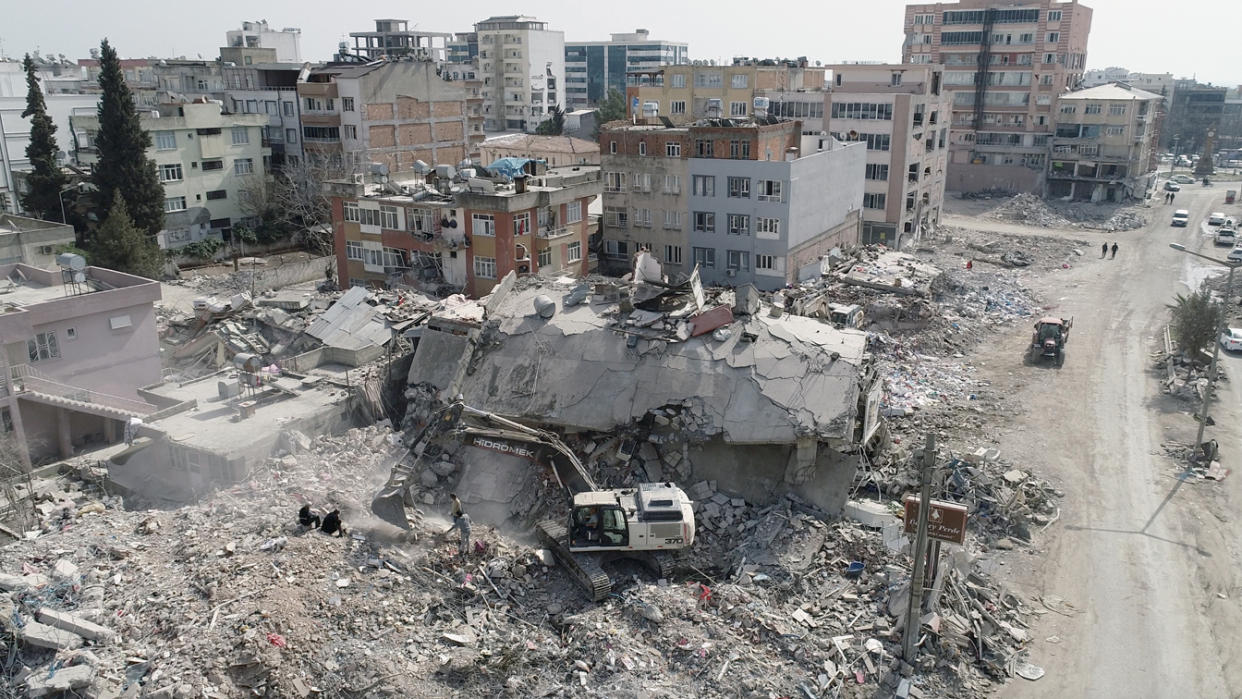
LONDON — A powerful aftershock struck southern Turkey on Monday, in what has been a series of tremors to hit the region since the devastating 7.8-magnitude earthquake earlier this month.
The death toll for both Turkey and Syria has been steadily climbing since Feb. 6, with fatalities now surpassing 50,000. According to statistics from the United Nations refugee agency, UNHCR, 15 million people across 10 different provinces in Turkey have been affected by the major quakes and subsequent tremors.
Over the course of three weeks, Turkey has experienced several earthquakes with a magnitude of 5.6 or higher. To make sense of the continued tragedies there, Yahoo News spoke with Ebru Bozdag, an associate professor of geophysics at the Colorado School of Mines.
How does an earthquake happen?
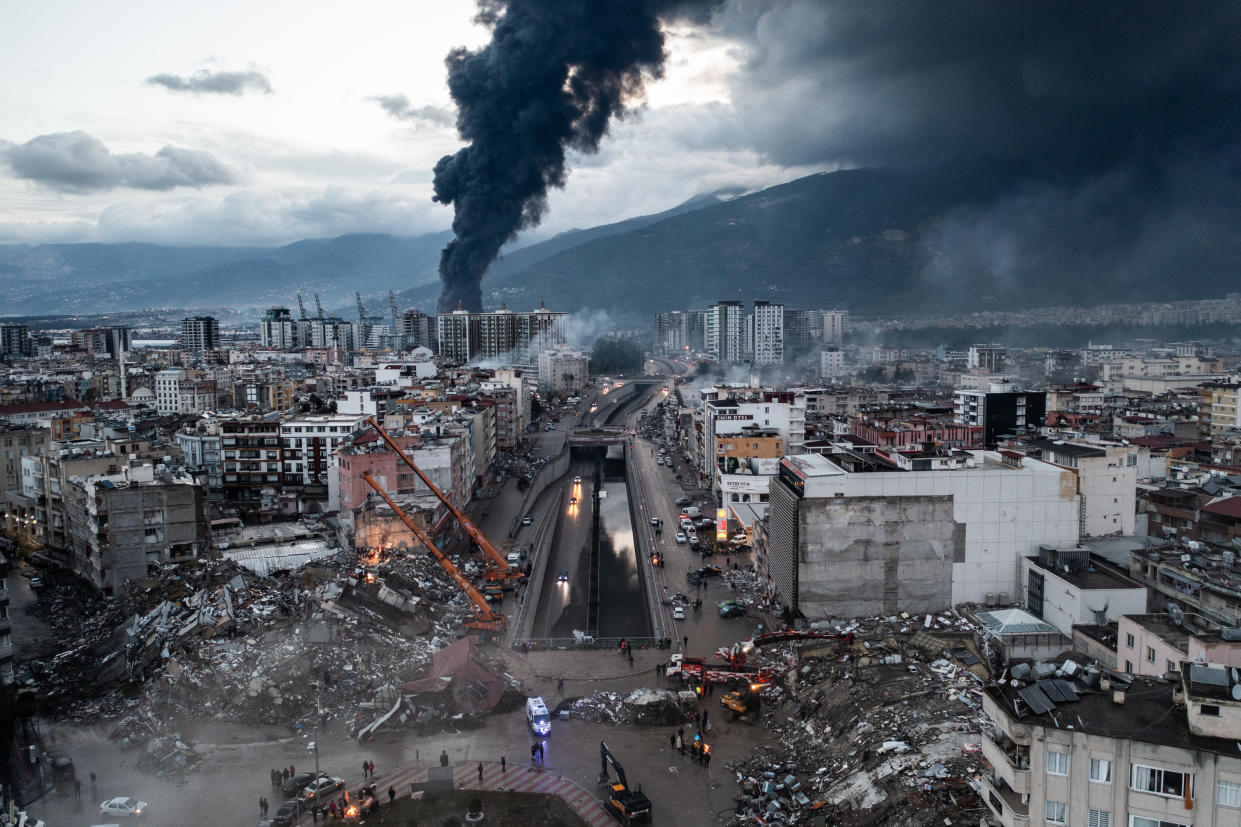
“The primary reason for earthquakes is the relative movement of tectonic plates at the surface,” Bozdag said.
“The Earth, very roughly, has four major layers. From surface to the center: crust, mantle, outer and inner cores. The crust is broken into rigid tectonic plates, which float on top of the mantle due to the convection currents in the mantle. As the plates move relative to each other, earthquakes happen at plate boundaries. But we also observe some seismic activity inside tectonic plates as well.
“Another reason for earthquakes is related to mantle plumes and associated volcanic activities which can occur inside tectonic plates,” she explained, “such as the type of earthquakes seen in Hawaii, which is located almost in the middle of the Pacific Plate.”
Why has Turkey experienced so many earthquakes this month?
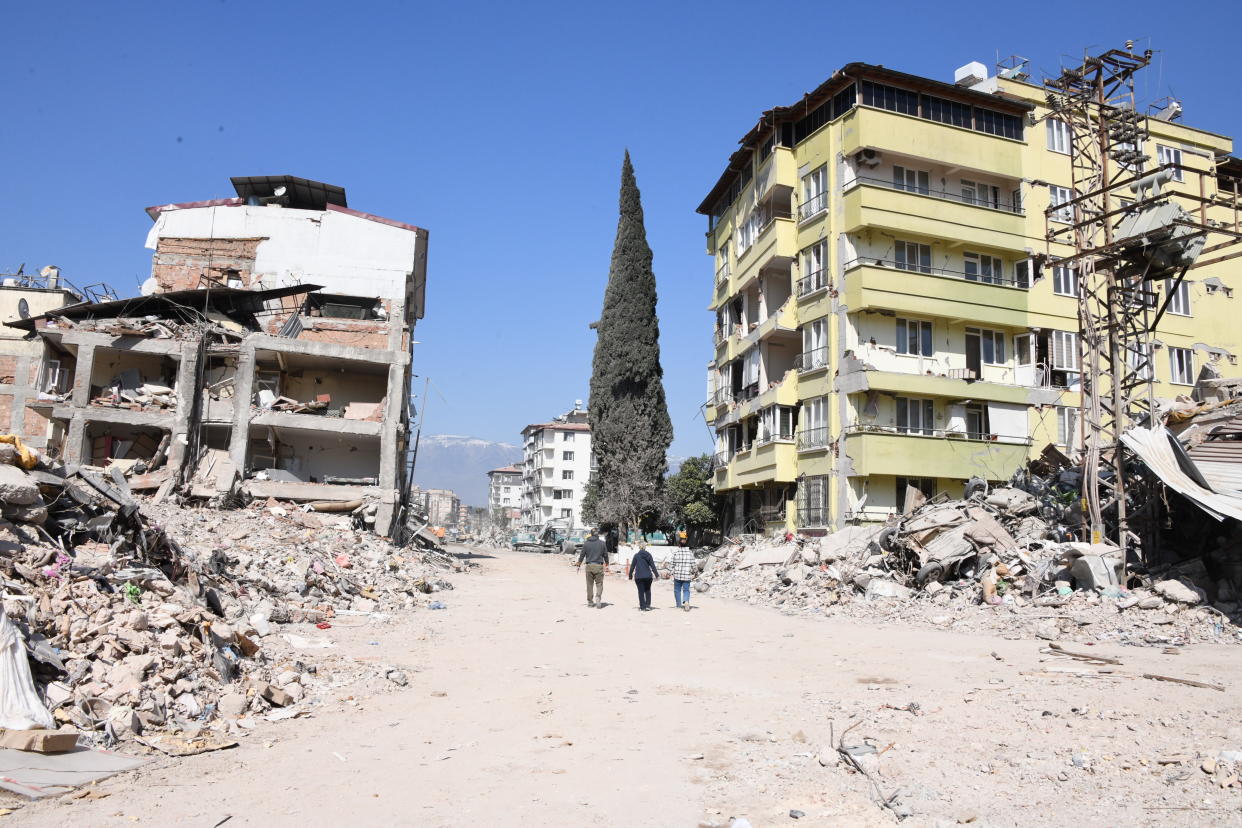
“Turkey is located in one of the most seismically active regions on Earth,” Bozdag said. “Due to the northward push of the Arabian Plate and the subduction [when one plate moves under another and into the mantle] in the Mediterranean Sea, the Anatolian Plate is trying to escape the west, performing a counterclockwise rotational motion using the two major faults zones: North Anatolian and East Anatolian faults.”
She continued: “The recent earthquakes in East Anatolia have occurred on the East Anatolian Fault and the nearby faults where three tectonic plates meet, what is called a triple junction: the Arabian Plate, the Anatolian Plate and the African Plate. The Arabian and African plates move northwards at about a few millimeters every year, which accumulates stress at the plate boundaries, known as fault zones. We are observing the stress release along the faults with the recent earthquakes.”
Is it possible that Turkey could continue to have earthquakes more frequently for the next few weeks or months?
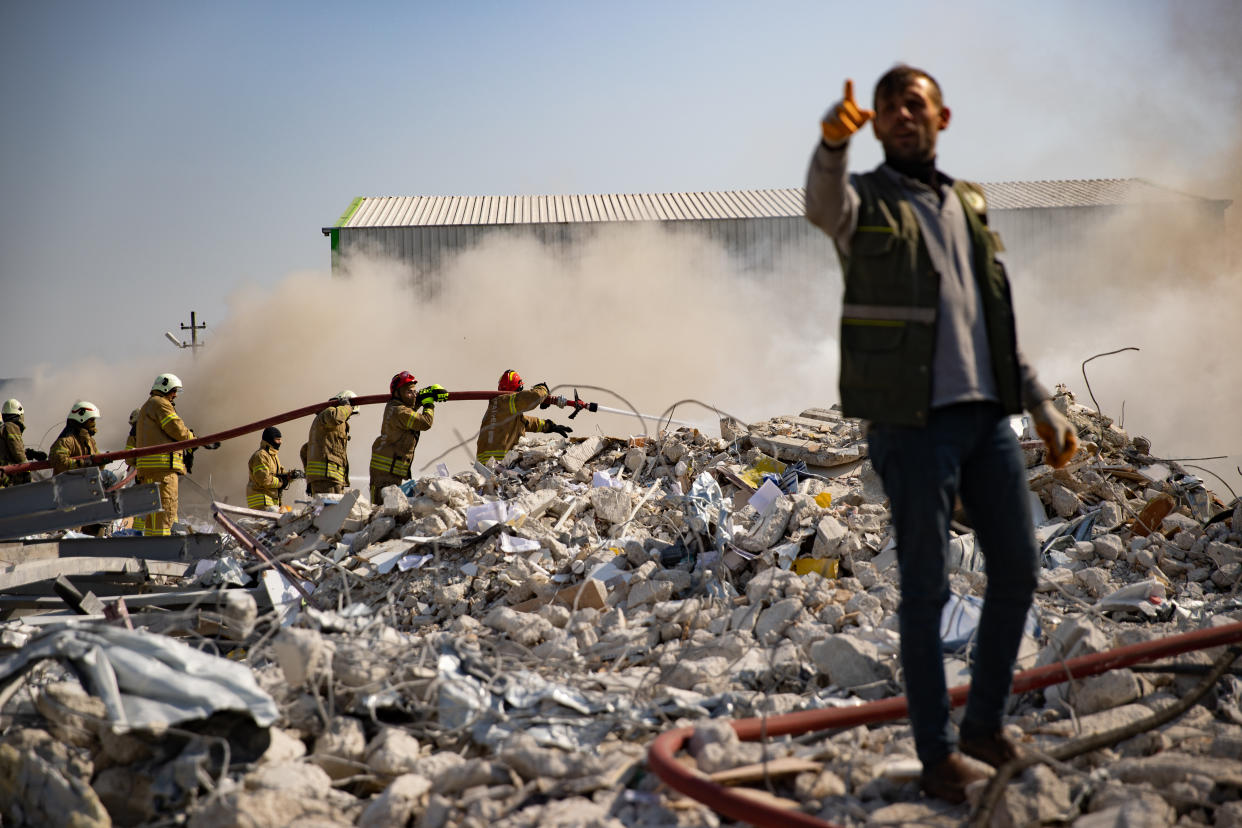
“Yes, after major earthquakes it is common to have aftershocks for a few months, sometimes more than a year, until the tectonic plates settle down,” Bozdag explained.
“It is also possible that earthquakes can increase the stress at the continuation of the faults or nearby faults, which may trigger other earthquakes.”
Does climate change affect seismic activity?
“We don’t have such an observation, but likely not, as the primary source of seismic activity is generated by internal processes,” Bozdag said.
Could the earthquakes lead to further catastrophic natural disasters in the region?
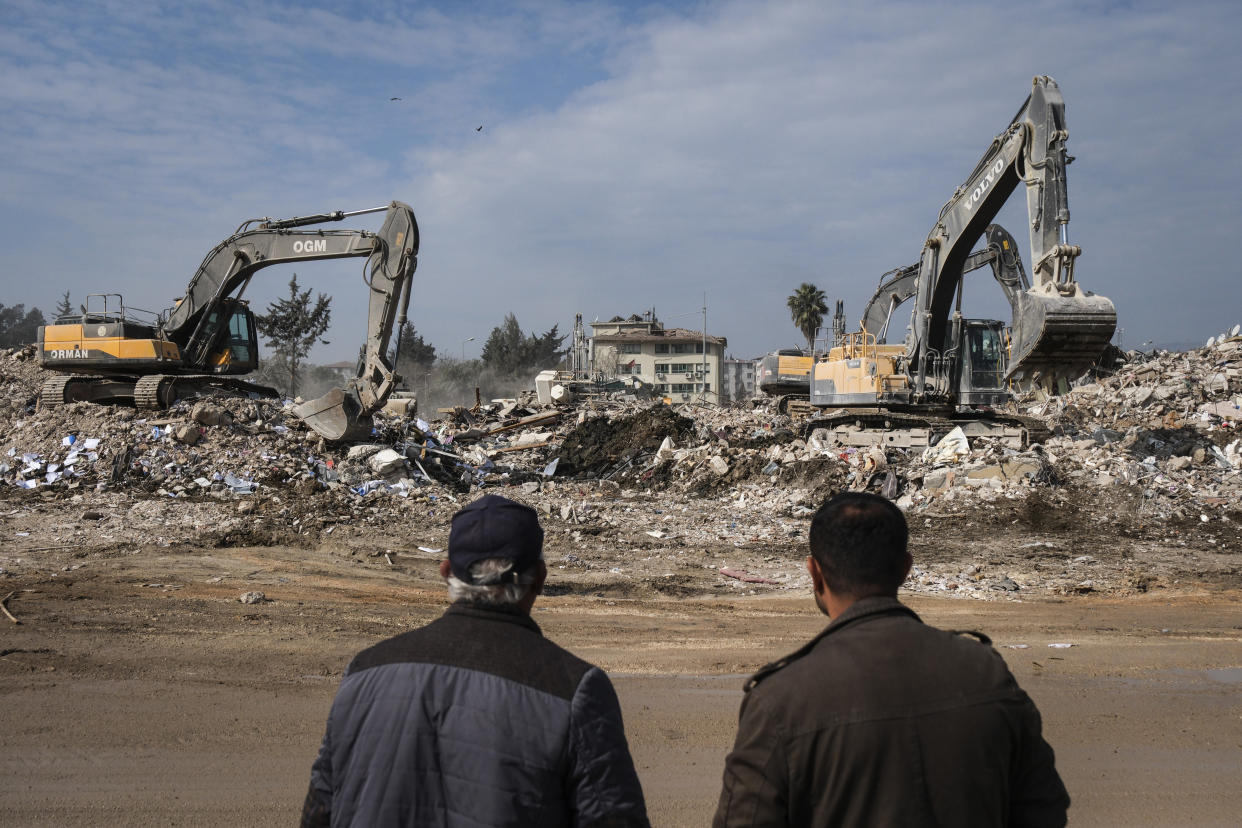
“After such large earthquakes, we observe aftershocks that gradually decrease,” Bozdag said. “Then a certain amount of time is needed to accumulate the same amount of stress to generate similar earthquakes in the region. So it is unlikely to have large earthquakes at the same locations now.
“But,” she said, “the catastrophe is directly related to the quality of buildings. If the region is prepared well, is following the rules and getting feedback from science and engineering experts, then the next large earthquake does not need to be catastrophic.”
Was it predicted that the original earthquake was going to happen? If so, were people warned?
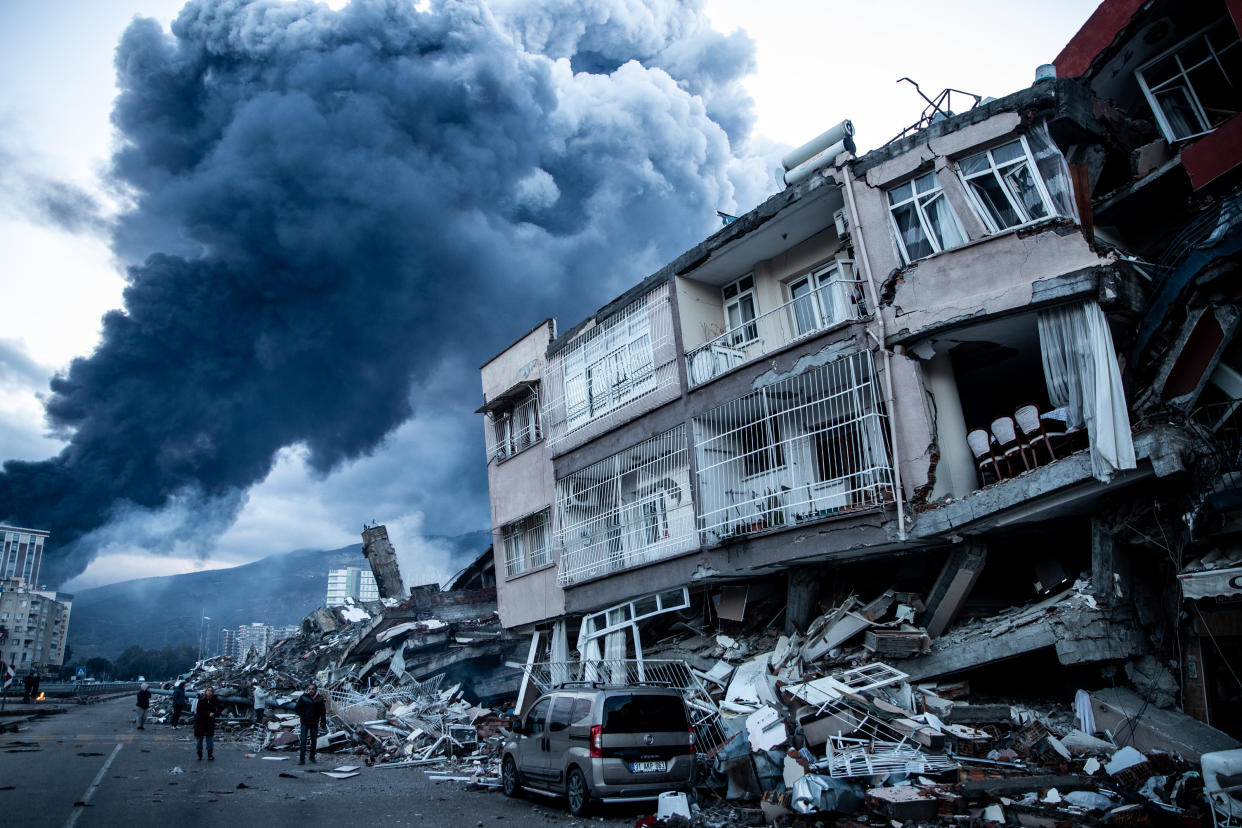
“We cannot predict earthquakes, which means we cannot say an earthquake will happen at this location, at this time, with this magnitude,” she said. “However, we pretty much know the faults and monitor the seismic activity regularly, so that we know where we should expect earthquakes and associated magnitudes reasonably well.”
How can Turkey plan for further earthquakes to prevent less death and destruction?
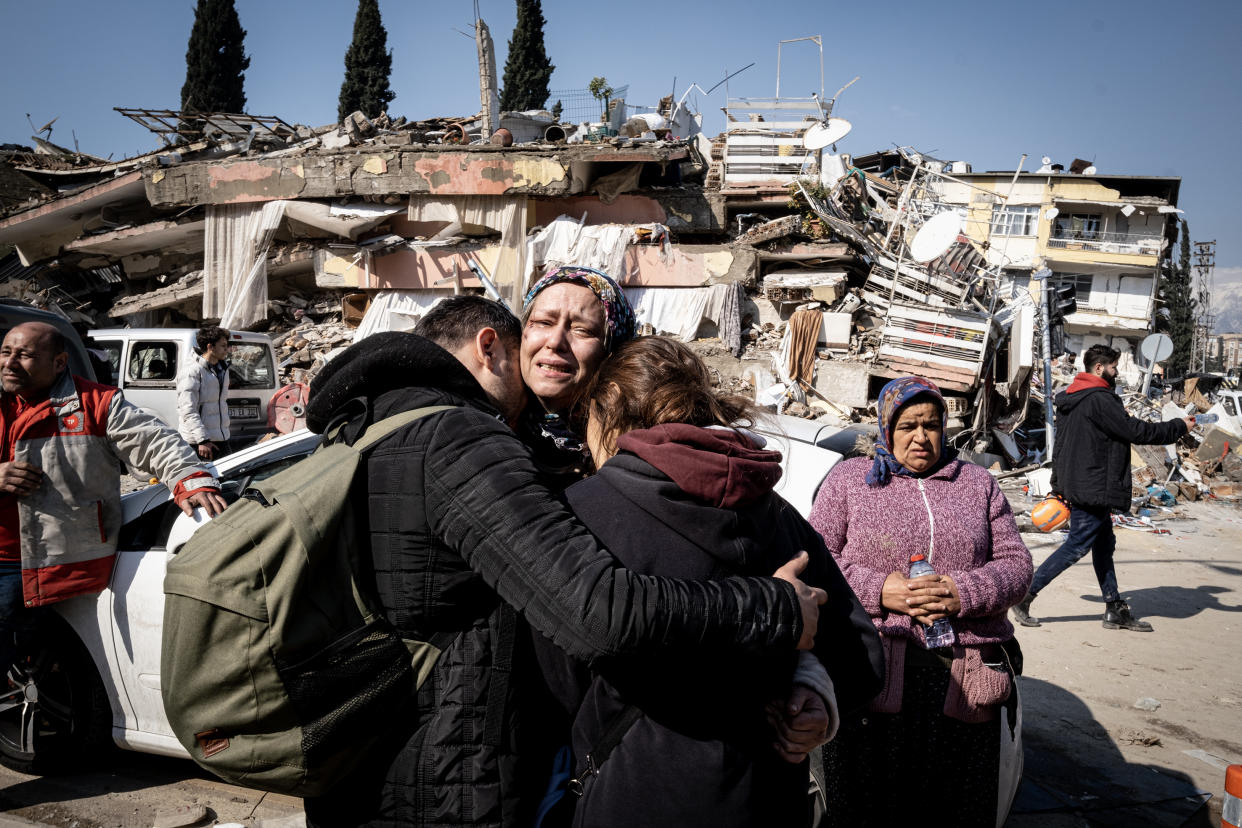
“Turkey has the scientific and engineering background to monitor seismic activity and determine seismic hazards,” Bozdag explained. “Turkey also has the appropriate building codes. The problem is happening with the execution of these codes. To mitigate seismic hazards we must build appropriate buildings at appropriate sites, taking the seismic risk into account.
“Naturally, it would be better to build cities on hard rocks rather than on soft sediments where such areas should be used for farming or recreational areas, etc.,” she said. “It is also desirable not to build buildings on fault lines. Unfortunately, the quality of buildings is the main problem in Turkey, which becomes even worse because they are built on soft materials such as sedimentary basins, which amplifies the intensity.”

